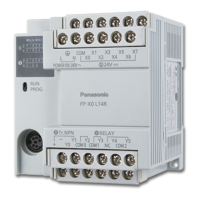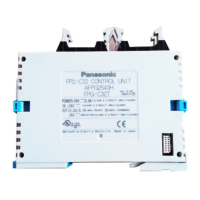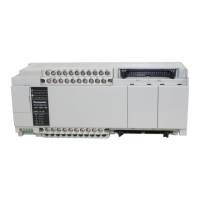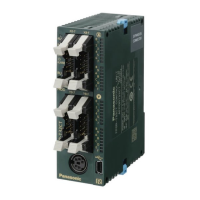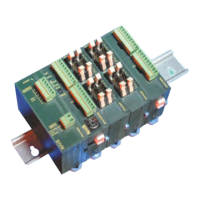Basics
53
All elements of the data type ARRAY OF BOOL are lumped together in a block and allocated in a memory area
reserved for bits, beginning at a 16-bit word address.
All other elements are lumped together and allocated one after the other in a block in a memory area reserved
for 16-bit words.
For details on working with DUTs and predefined system DUTs, please refer to the online help.
1.4.3.5 DUTs with overlapping elements
How DUTs with overlapping elements occupy memory:
All elements of the same data type (BOOL, WORD, INT, DWORD, DINT, REAL and STRINGs with the same,
common string length) are each lumped together and allocated one after the other beginning from a common
starting address. Arrays are also allocated to this common starting address.
The following conditions apply to this starting address: If DUT consists of BOOL or ARRAY OF BOOL type
elements, it is stored in a memory area reserved for bits; otherwise it is stored in a memory area reserved for
16-bit words.
To avoid ambiguity during initialization no initialization
is allowed
.
The following default initializations are
executed:
BOOL: FALSE
WORD, INT, DWORD, DINT: 0
REAL: 0.0
STRING: ''
(i.e. the address occupied by the maximum string length is initialized with the maximum
length of the string that is greater or equal to zero. The rest of the string is initialized with zeros.)
Also, all element variables of the data type STRING must be located at the end of the declaration.
NOTE
In general, you should pay exact attention to how memory area is occupied by the data types used.
Especially when using STRINGs, note that their particular way of occupying memory allows them to
be repeatedly overwritten with the help of other elements.
Ensure the maximum string length and the current string length are valid values before using string
commands.
For details on working with DUTs and predefined system DUTs, please refer to the online help.
1.4.4 Array
Arrays
An array is a group of variables which all have the same elementary data type and that are grouped together,
one after the other, in a continuous data block. This variable group itself is a variable and must hence be
declared for this reason. In the program you can either use the whole array or individual array elements.
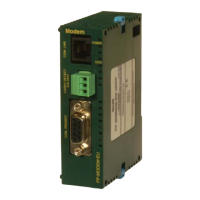
